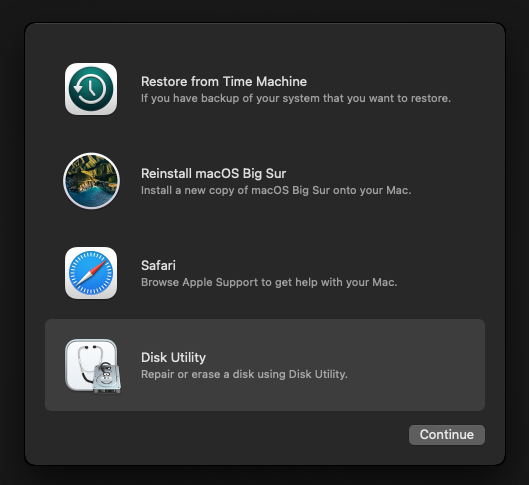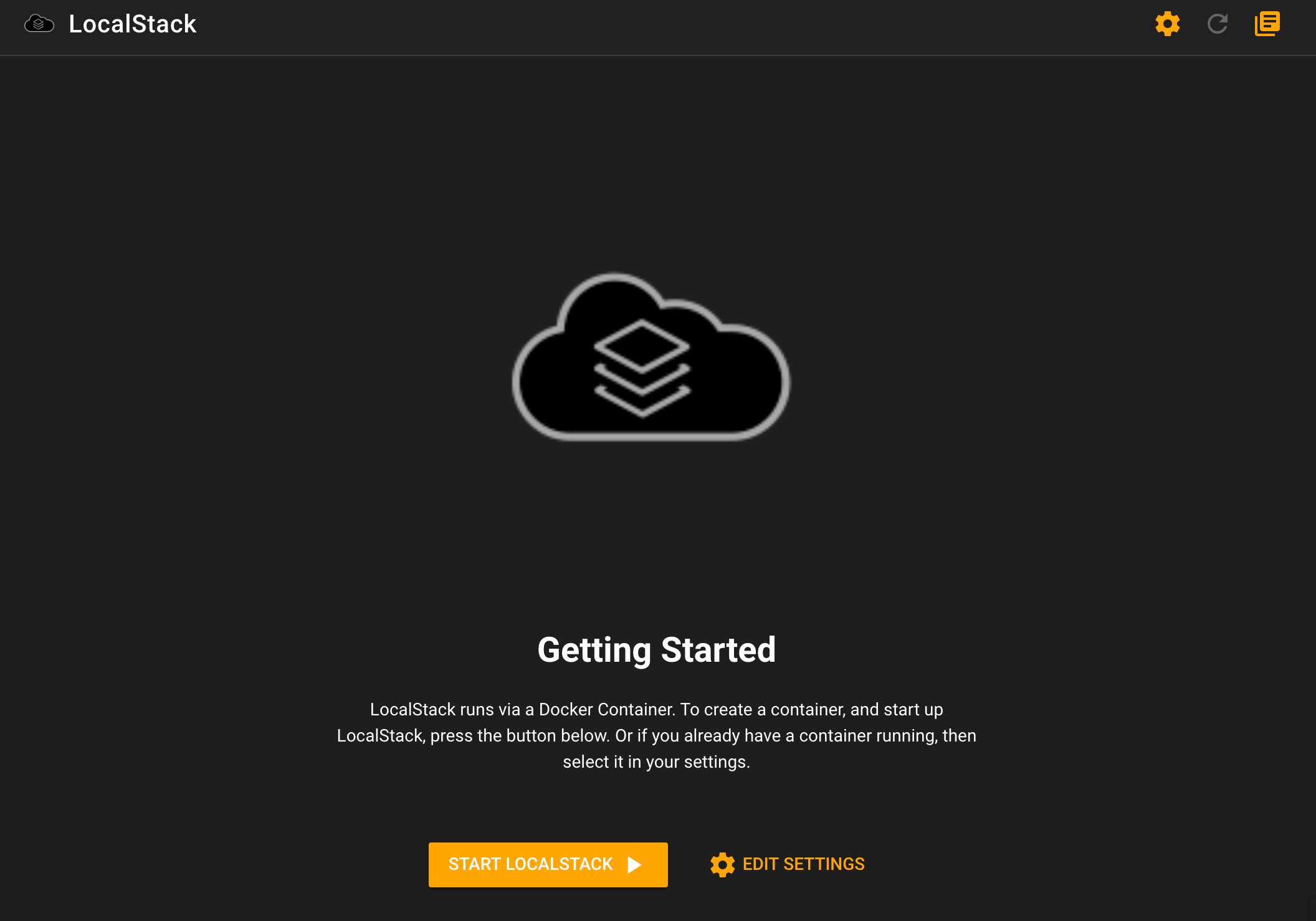


K3s – a minimal distribution of Kubernetes. Minikube napkin architecture on macOS or Windows Minikube architecture on Linux with the "none" driver Running any of these in a VM misses the point – you don't want to be managing the Kubernetes lifecycle and a virtual machine lifecycle. The other tools require a Linux distribution, which makes them a non-starter on macOS or Windows. Minikube is the only drop-in replacement. kind, microk8s, or k3s are replacements for Docker Desktop.However, Docker's are proprietary, minikube's are open-source.
Start docker for mac drivers#
Both use similar drivers under the hood for macOS and Windows virtualization. Minikube and Docker-for-Mac are fundamentally different.

Running minikube without a virtual machine is equivalent to a batteries-included version of kubeadm. False – you can run minikube directly on Linux without a virtualization layer. Furthermore, it is the only tool that is a drop-in replacement for Docker Desktop. Minikube is the officially supported way to run Kubernetes locally on macOS, Windows, or Linux. Like I said in my 10k Hours of Programming, I'm not an expert programmer, but this might be a topic I've spent a lot of time working on. As someone who knows the problem space, its a piece of machinery with so many moving parts that are hard to get right. It's been a few years since I was a maintainer of minikube, but after the news that Docker Desktop will no longer be free for enterprises and some of the misconceptions of how the technology works, I thought I'd write a post.Įdit: Since this is blowing up, I wanted to say that I'm a frequent Docker Desktop user and would happily pay for it for my entire team.


 0 kommentar(er)
0 kommentar(er)
